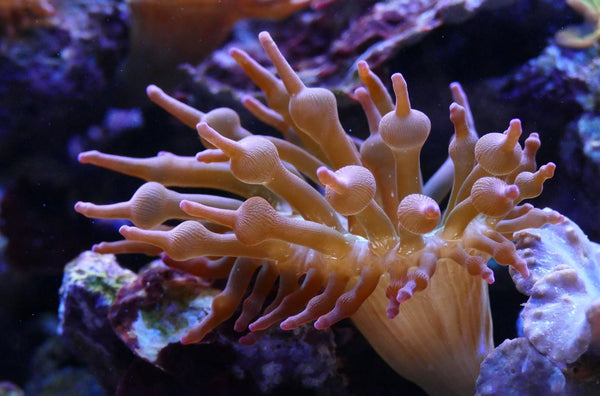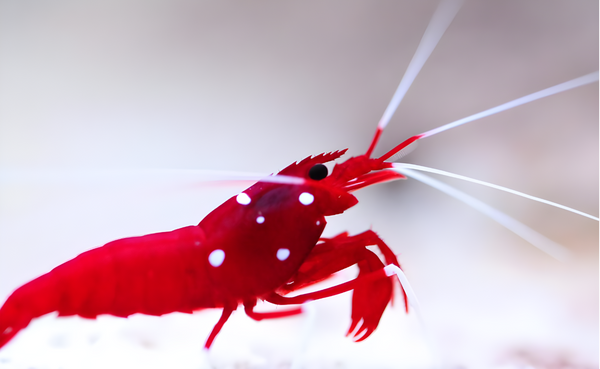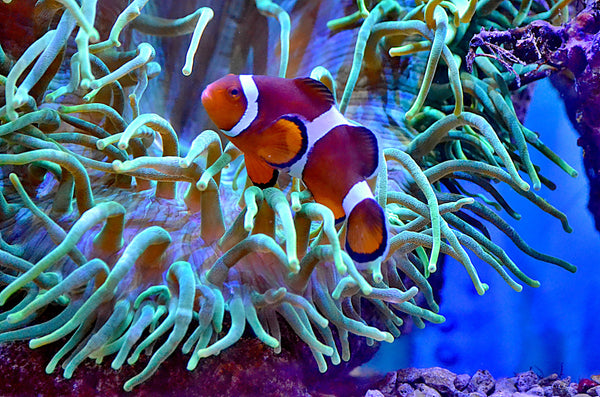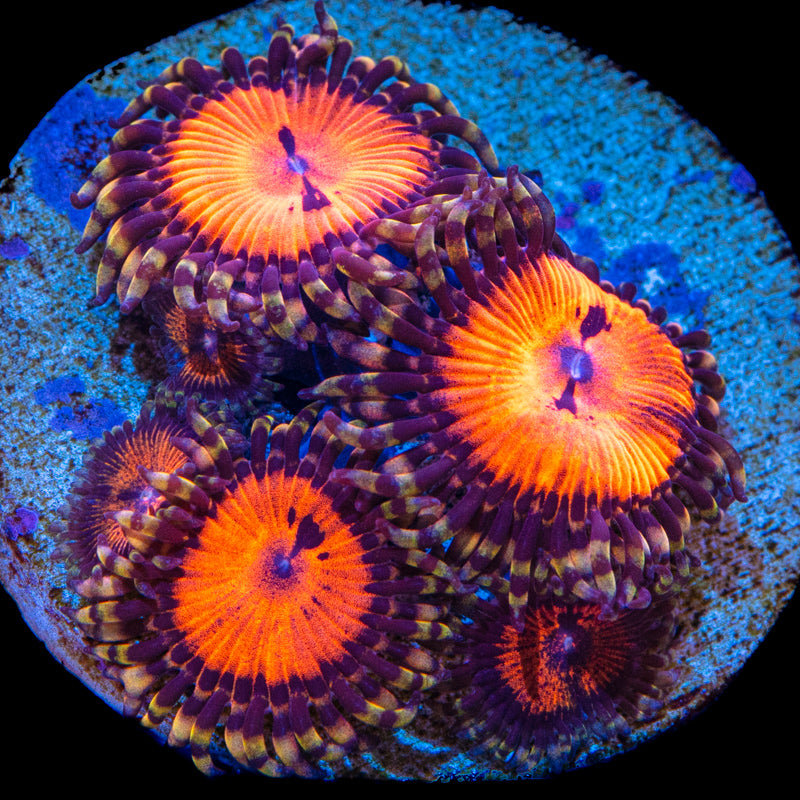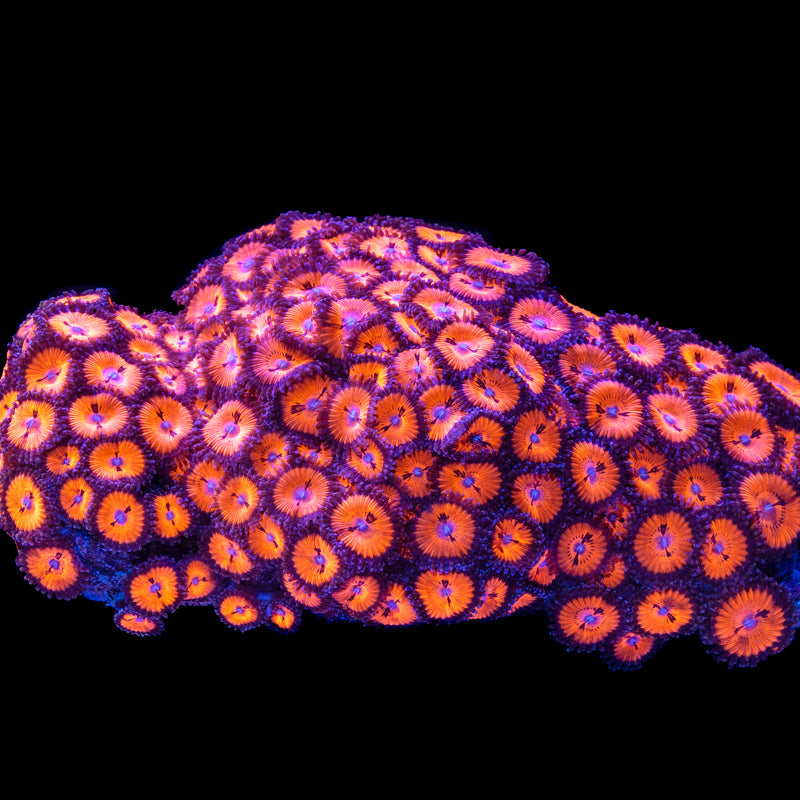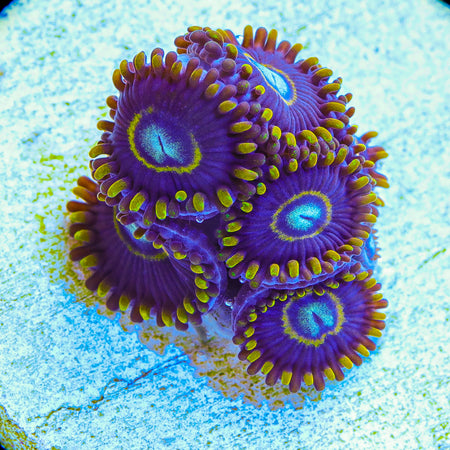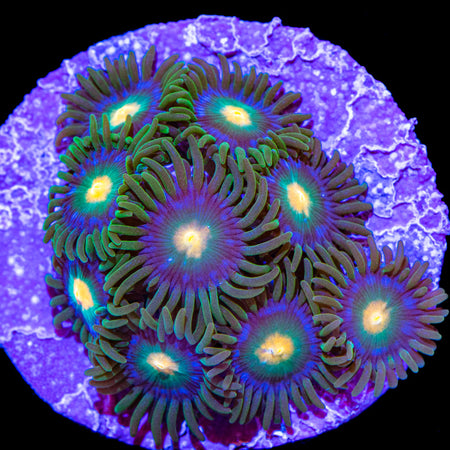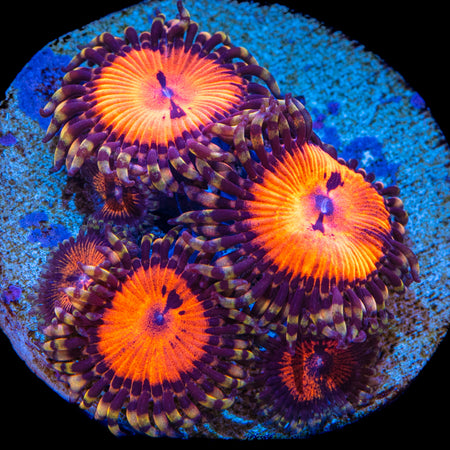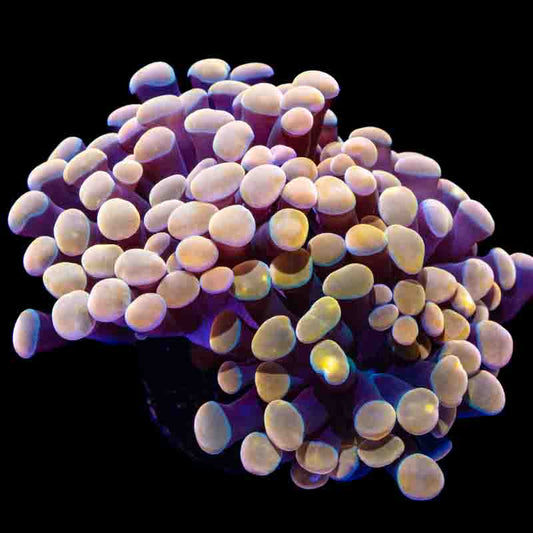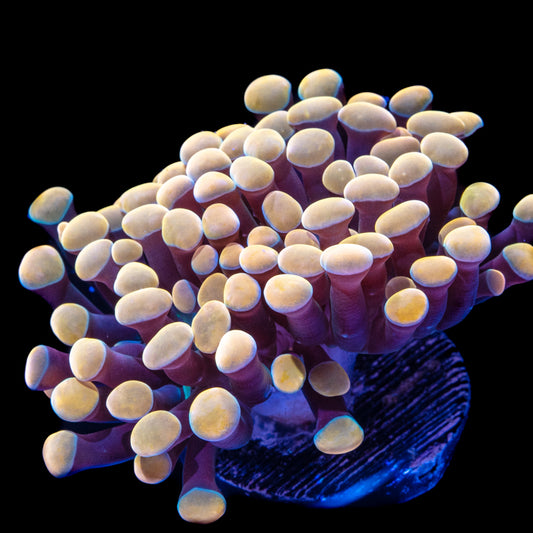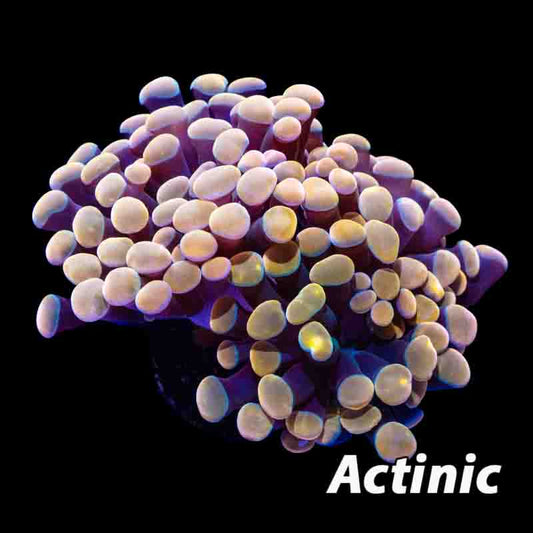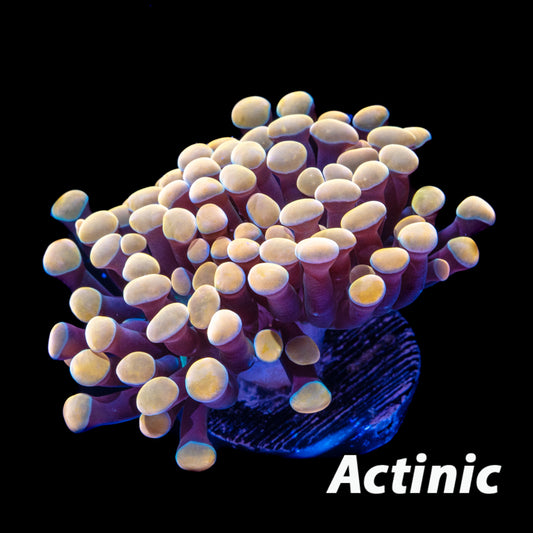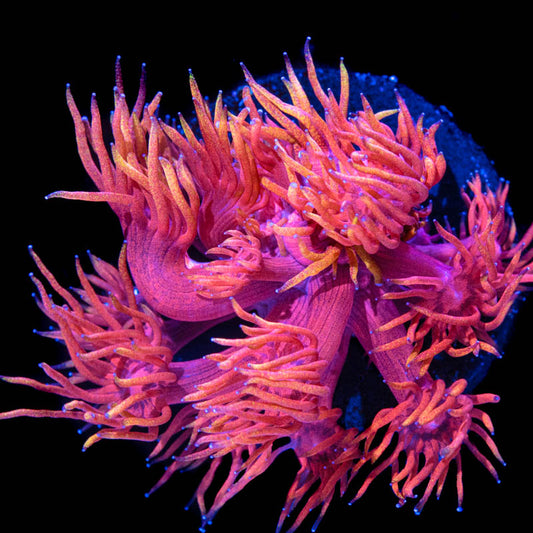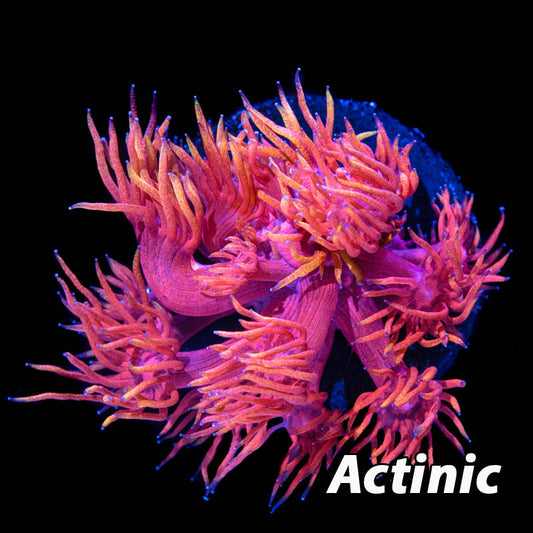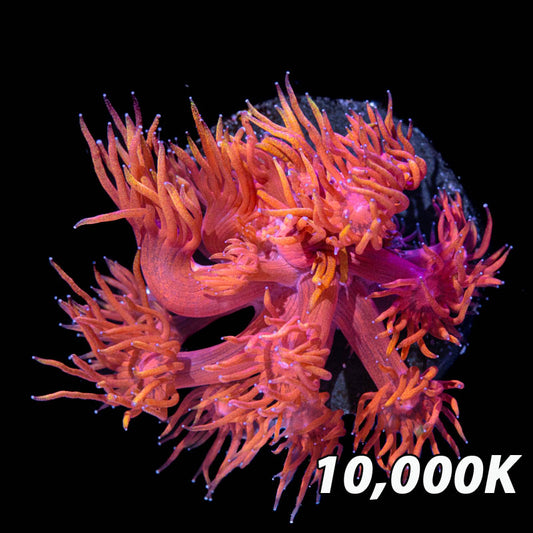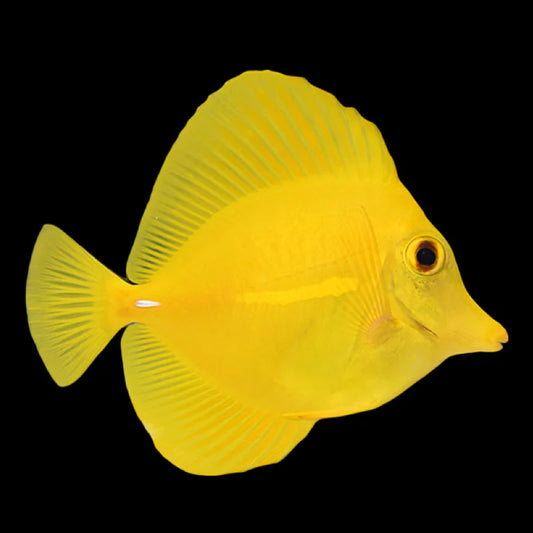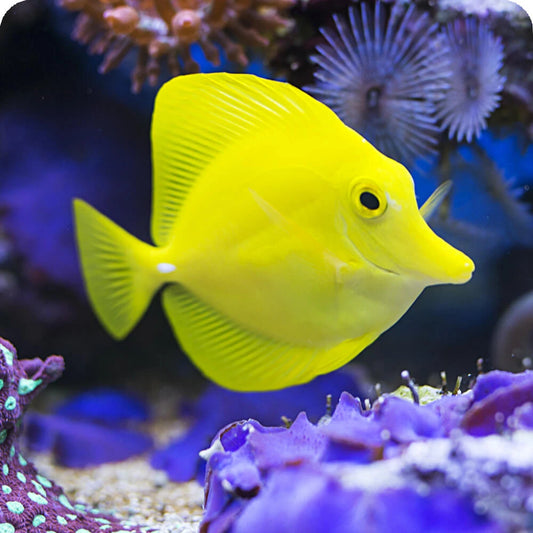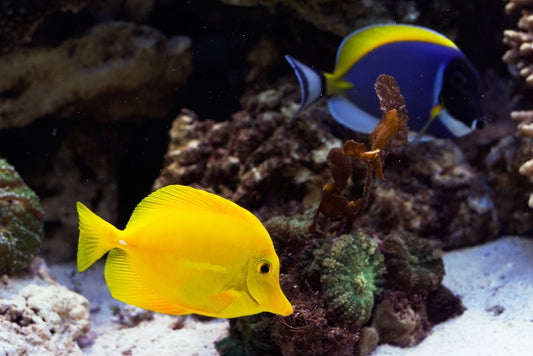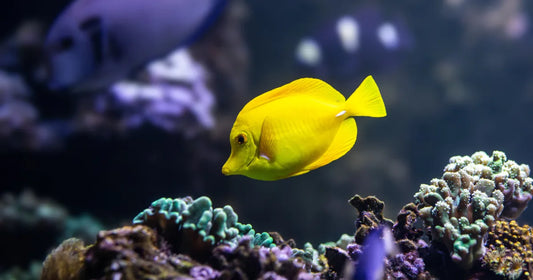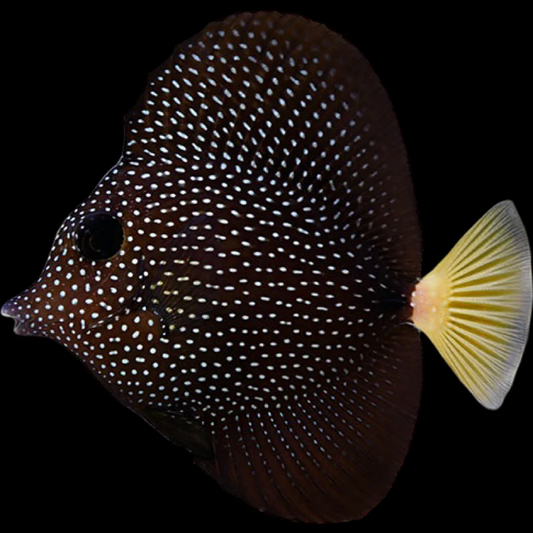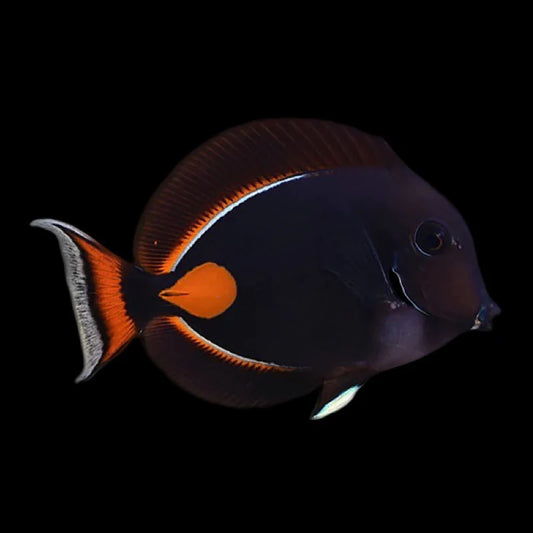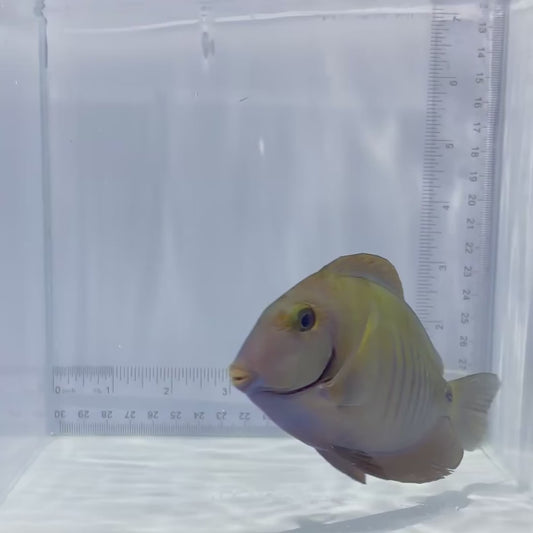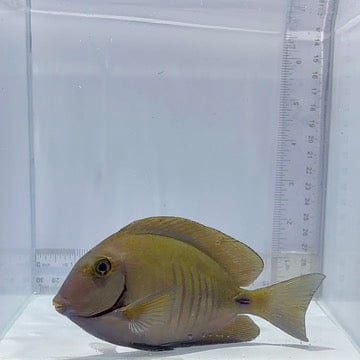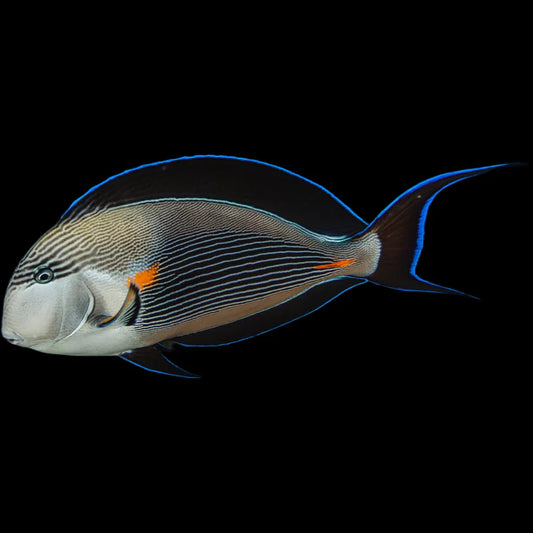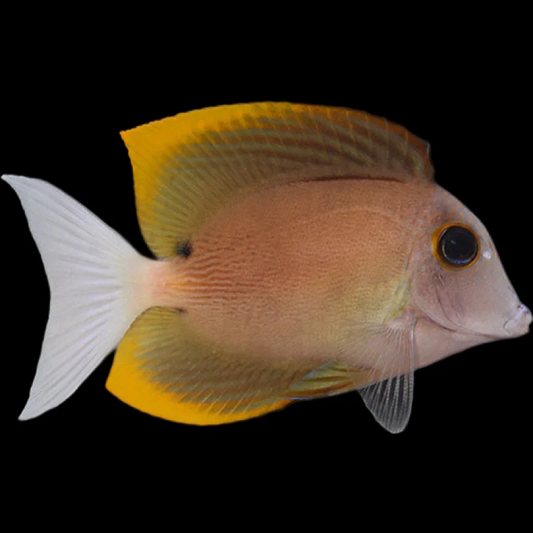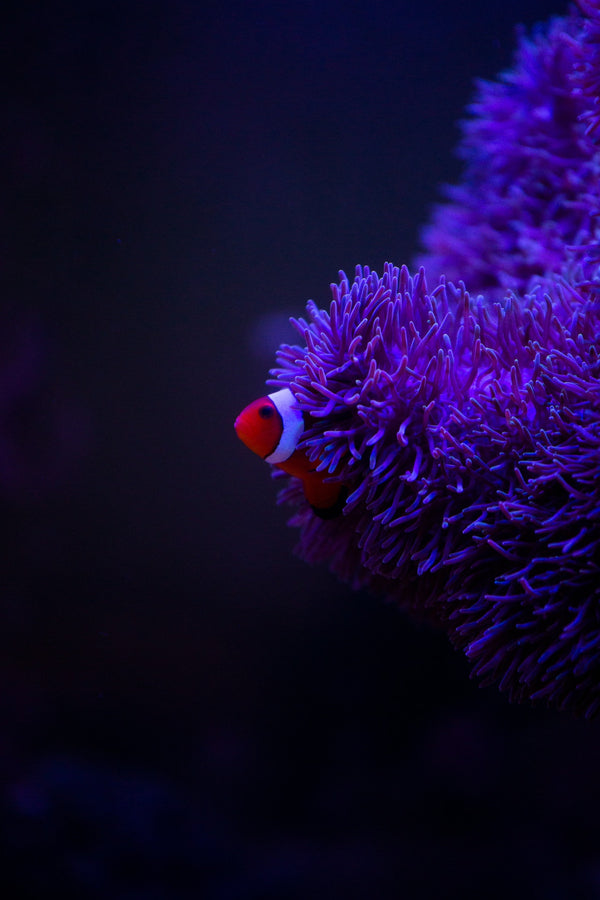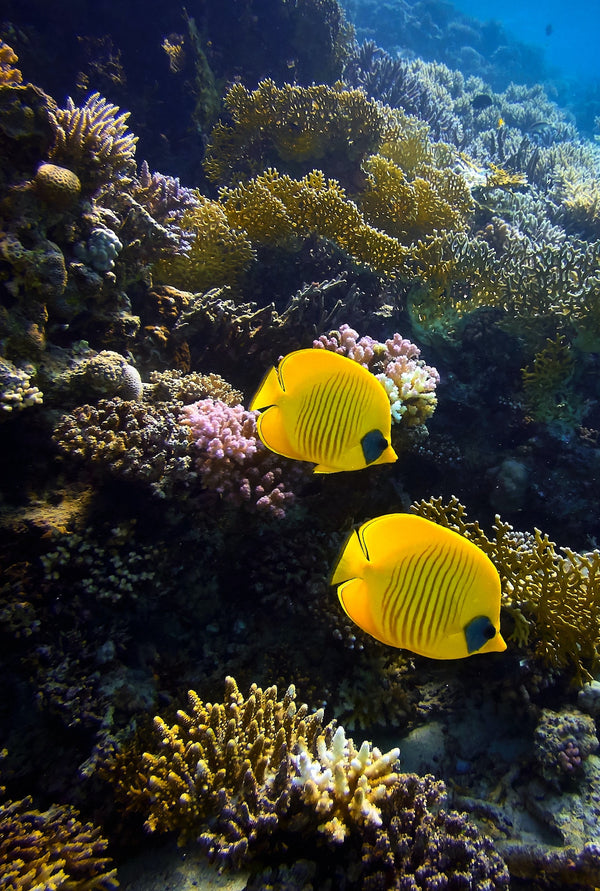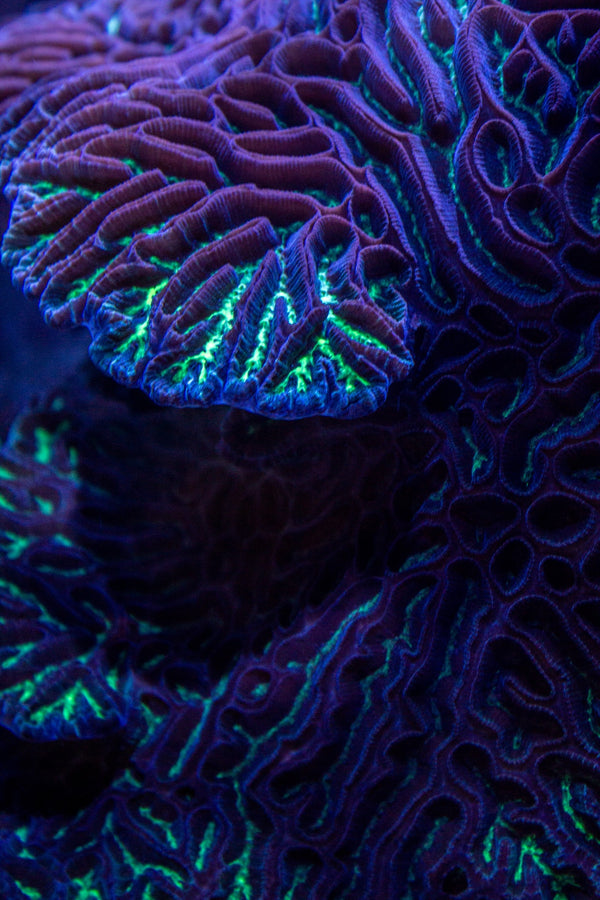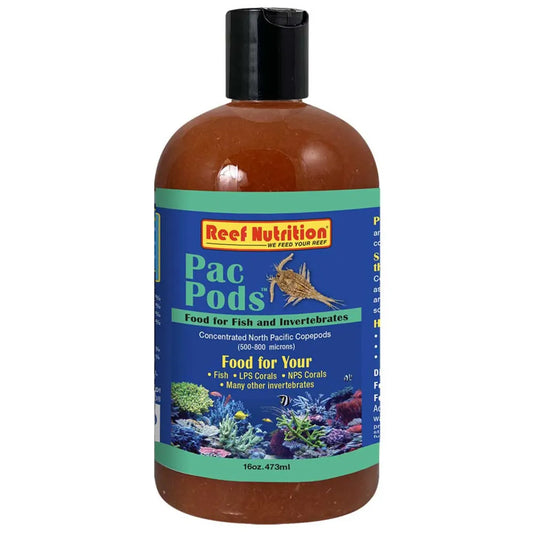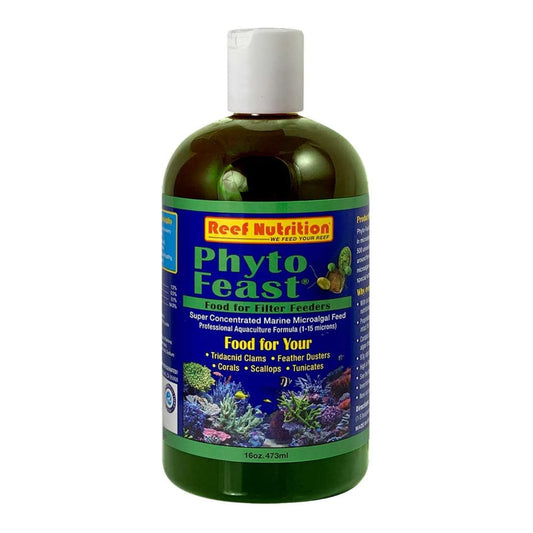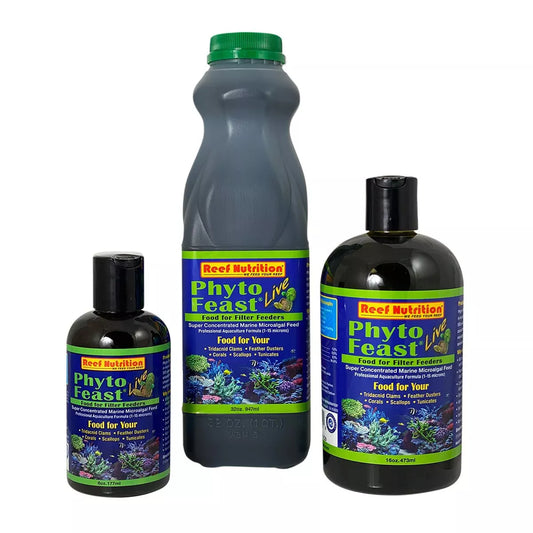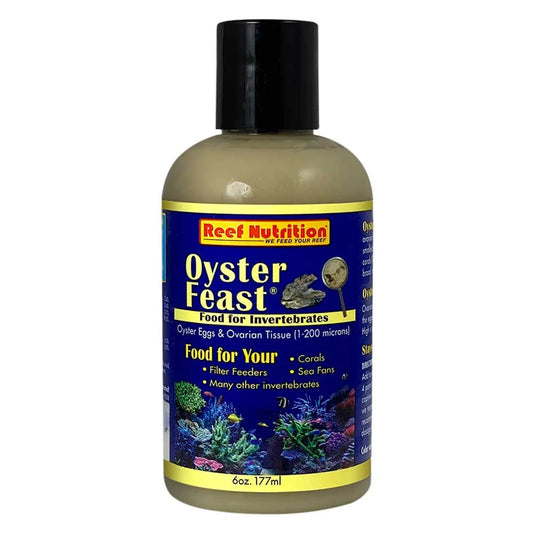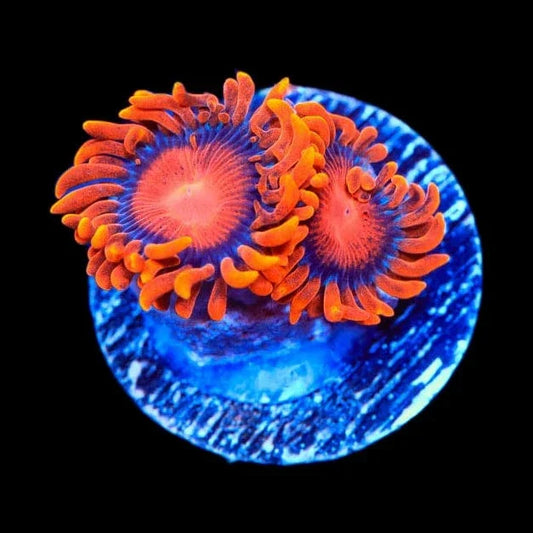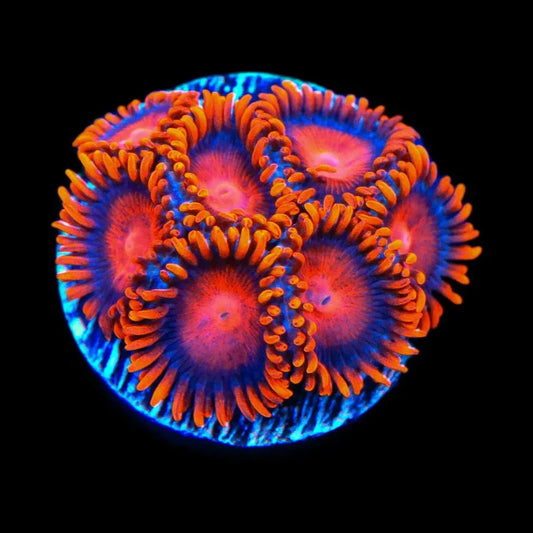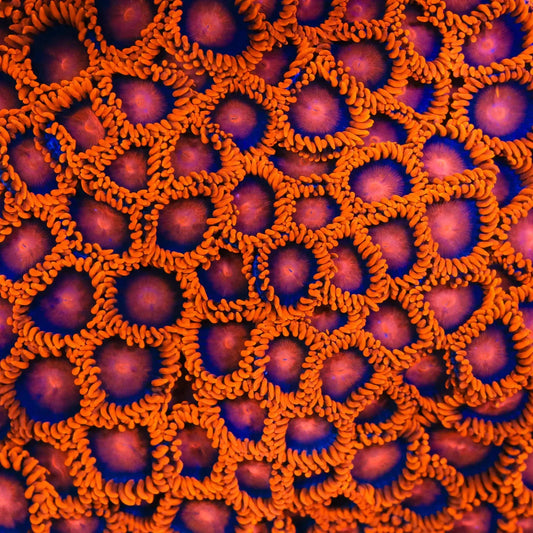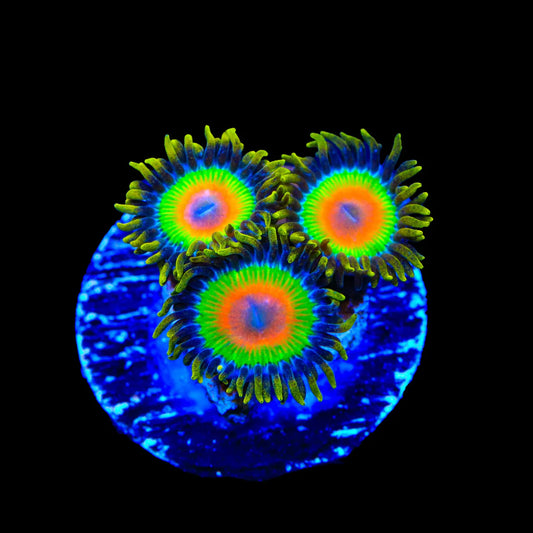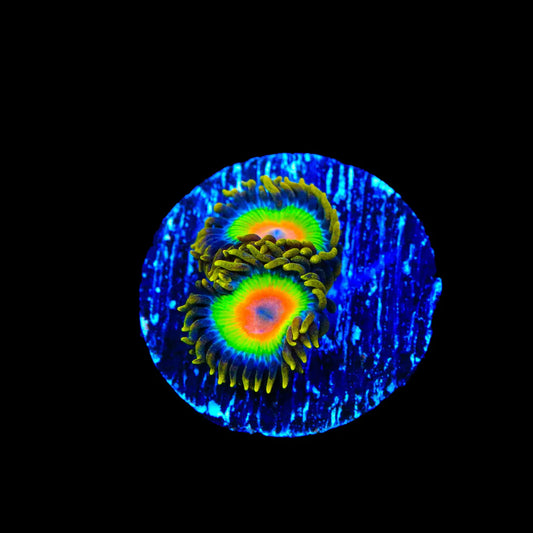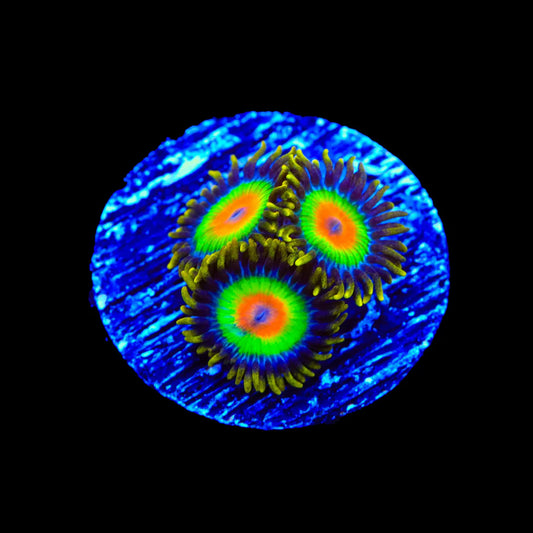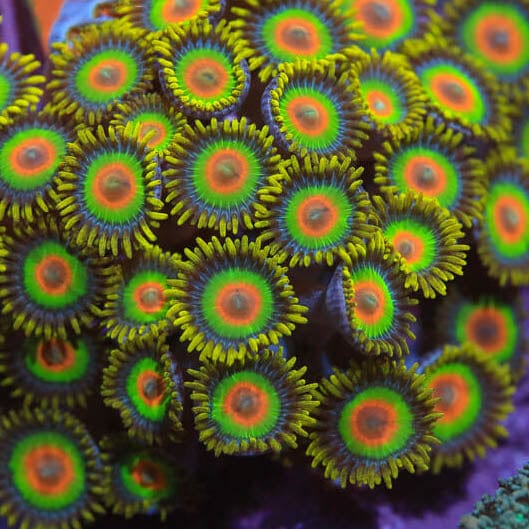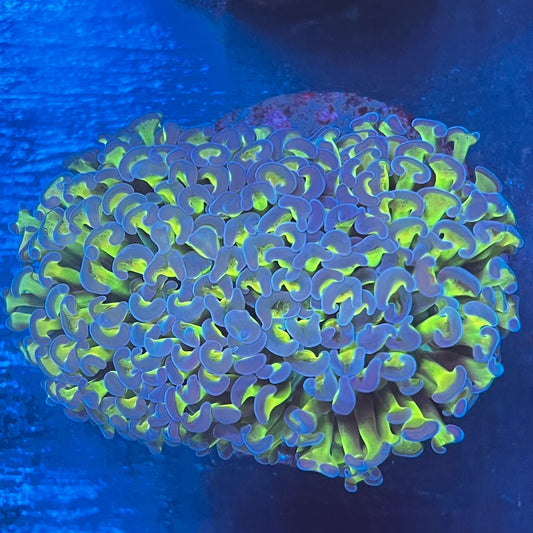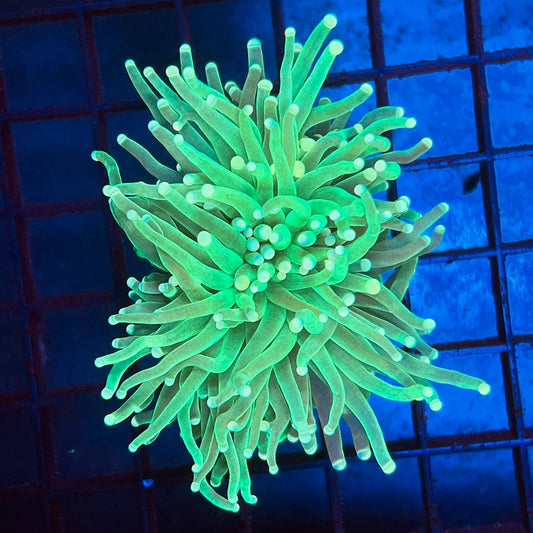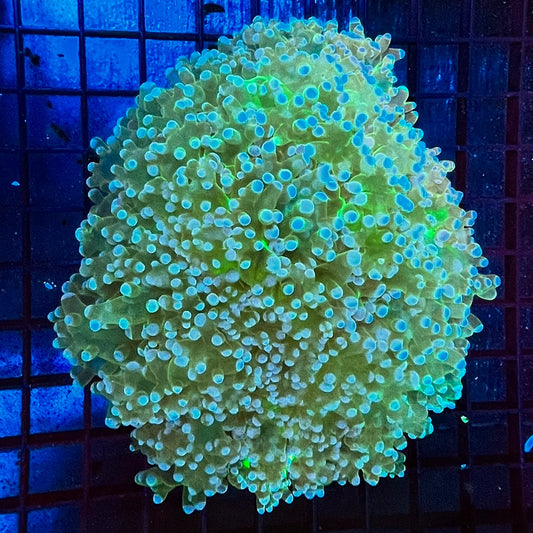- Home
- All Products
- Bloodsucker Zoanthids
Bloodsucker Zoanthids
Bloodsucker Zoanthids
Couldn't load pickup availability
Coppertone Branching Hammer
Diablo Goniopora
These striking Zoanthids have a bright red face and a dark purple-black bow-tie. Frags will be 2-3 polyps.
Description
Description
ZOANTHID CARE
Zoanthus and Palythoa are a large group of corals in the reef keeping hobby. They come in an incredible range of colors and patterns making them very popular with both beginner hobbyists and rare coral collectors tracking down uncommon color morphs. In terms of care, both Zoanthus and Palythoa are fairly easy to keep. They tolerate a wide range of lighting intensities and water conditions. Once settled in, zoas multiply quickly.
Size & Care Requirements
Size & Care Requirements
LIGHTING
Zoanthus and Palythoa are not as demanding as other corals when it comes to lighting. They can be kept under a wide variety of lighting types, and are tolerant of both low and high light conditions. It is always wise however to acclimate new arrivals in lower light areas because it is far more likely to be damaged from overexposure than starve from underexposure.
Low Light
Low light translates to about 30-50 PAR
Medium Light
Medium Light is between 50-150 PAR
High Light
High Light is anything over 150 PAR
WATER FLOW
Zoanthus by their very shape invite detritus accumulation and a zoa colony that is dirty is very different than one that is kept clean. The buildup of detritus can slow a colony’s growth or even cause it to die back.
Strong water flow helps keep detritus buildup to a minimum as well as flushing away waste that the colony generates.
When designing flow patterns for this coral I like to provide strong consistent flow with short bursts of very strong flow. If you do jot have controllable pumps to achieve this it can be done manually with a turkey baster. Once a day you can squirt water at the colony to dislodge any buildup. I use just enough force to close the polyps up.
If you decide to go this route only do this with established colonies that are well attached. If you have a freshly glued frag of zoas they might get blown away.
FEEDING
While both Zoanthus and Palythoa polyps derive much of their energy from the products of their zooxanthellae, they do have the ability to capture prey. Palythoa seem to feed much more readily than their Zoanthus counterparts.
We try to feed a blend of small frozen foods such as the fines from mysis shrimp, cyclops plankton, and frozen rotifers. We have also tried feeding a variety of powdered dry plankton. Your mileage may vary depending on the species of zoa you have and also how you are doing the feeding. As I mentioned they are not nearly as good a feeder as palythoa so they might not be able to grab chunks of food out of the water. I try to turn the pumps off and then give them a good dusting of food and let them sit for about 10 min before restarting the pumps.
Additional Info
Additional Info
LOCATION
Zoanthus and Palythoa are found in corals reefs around the world. These polyps are harvested mainly from the islands of the Indopacific including Fiji, Tonga, Solomon Islands, and the Great Barrier Reef. Zoanthus and Palythoa have an incredible array of colors and patterns that make them one of the most popular corals in the reef aquarium hobby.


Most Popular
-
Hawaii Yellow Tang
Regular price $399.99Regular priceUnit price / per -
Achilles Tang
Regular price $449.99Regular priceUnit price / per -
Atlantic Doctor Tang Fish
Regular price $349.99Regular priceUnit price / per -
Sohal Tang
Regular price $749.99Regular priceUnit price / per -
Tomini Tang
Regular price $129.99Regular priceUnit price / per
Stock Up On Popular Dry Goods
-
Pac Pods Copepod Concentrate (16 oz)
Regular price $58.24Regular priceUnit price / per -
Red Sea Reef Foundation C Magnesium (Mg) Supplement, 1000ml - Maintains Magnesium Balance for Healthy Corals in Marine & Reef Aquariums
Regular price $34.00Regular priceUnit price / per -
Red Sea Reef Foundation B Alkalinity (KH) Supplement, 5 L - Boosts Carbonate Levels for Strong Coral Skeletons in Reef & Marine Aquariums
Regular price $129.00Regular priceUnit price / per -
Red Sea Reef Energy Plus 500ml (AB+) All in One Coral Food for Saltwater Aquarium Marine Reef Tanks | Food for Soft, LPS, SPS, and Non-Photosynthetic Corals
Regular price $39.00Regular priceUnit price / per -
Phyto-Feast Live, 16 oz Bottle
Regular price $44.99Regular priceUnit price / per -
Oyster Feast Egg & Tissue Mix (6 oz) – Reef Nutrition
Regular price $36.62Regular priceUnit price / per
You May Also Like
-
Bam Bam Zoanthids Coral
Regular price $92.99Regular priceUnit price / per -
Rasta Zoanthids Coral
Regular price $84.99Regular priceUnit price / per -
Wall Hammer
Regular price $129.99Regular priceUnit price / per$109.99Sale price $129.99 -
Green Torch
Regular price $125.99Regular priceUnit price / per$129.99Sale price $125.99Sale -
Frog Spawn Colony
Regular price $279.99Regular priceUnit price / per$349.99Sale price $279.99Sale -
Diablo Goniopora
Regular price $200.00Regular priceUnit price / per
